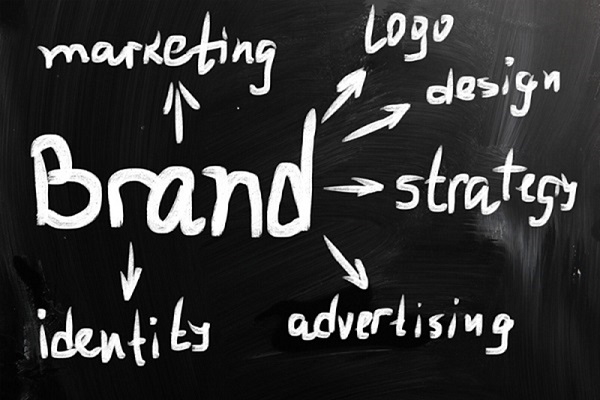Developing a brand for your small business is a way to show your customers who you are, attract loyal clients and become recognizable. With so much at stake, it's no wonder companies put time and effort into creating the perfect image. Of course, it's easy to hit stumbling blocks along the way. Here are a few mistakes many small businesses make when branding:
Trying to please everyone
Defining your brand means shaving away aspects of your business that don't reflect who you are. This is a positive step forward, as it removes wasted efforts and helps you zero in on your target audience. However, it also means alienating some potential customers. Not everyone will be drawn to your company identity, and that's OK. The ones who drop off as you grow into your brand are the ones who likely would not have been loyal to begin with.
Unfortunately, many companies try to please everyone, which only muddies your goals. Instead, know what your company excels at, identify your target audience and cater to both those things. You'll have a more focused brand and loyal following.
Not updating marketing collateral
Whether you send greeting cards to loyal customers, print catalogs or build an SEO-friendly website, you should regularly update your marketing materials. In the fast-paced market we live in, graphic and web design can go out of style and search engine matrixes change. That means your company has to change with it. You might have logo cards from years ago that no longer hold your current design style. While it may seem wasteful to stop using them, switching them out for updated versions will unite your printed materials. Your catalog, web copy, business cards, fliers, ads, etc., should all sport the latest graphics and products and reflect your brand.
Forgoing a guide
Establishing brand guidelines ensures everyone in your company promotes your image. Without guidelines, your social media team could write tweets that are off-brand, or your graphic designer could use colors and fonts that don't quite fit. Spend time developing a look and voice that best represents who you are as business and put the information into writing. Then, distribute that throughout the company.
Once you have a brand guide, enforce it. Provide constructive feedback on anything that doesn't match. That way, your team will know what to look out for in the future. Regularly visit your guide and see if it's still applicable. If your business has found a new voice that better reaches your target audience, update your guide to reflect that.
Getting too complicated
Branding should be easy to understand from an outside perspective. That's why experts say your tagline should be six words or fewer and logos need only a couple of colors. Much like trying to please everyone, overstating your identity just causes confusion. When you first start designing your brand, you can throw out longer phrases. Brain dump all of your thoughts and ideas, then take a step back. Look at everything you came up with and see if you can find one stand-out message. That will be your tagline and basis for the rest of your branding.

